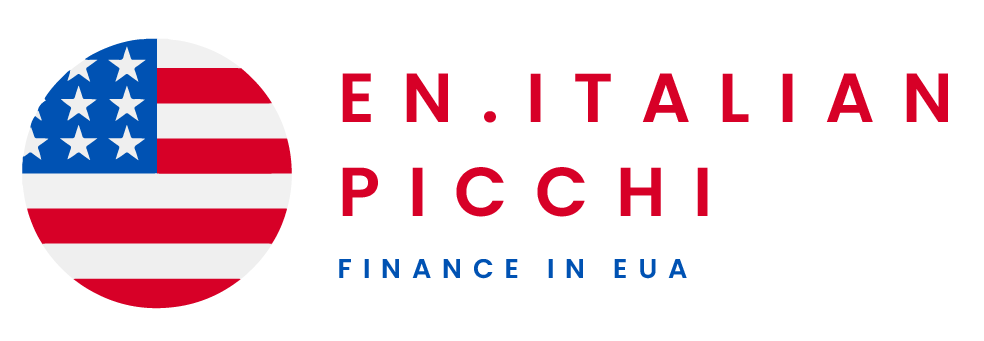Personal Loans vs. Lines of Credit: Which Is Better?
When it comes to financing major purchases or handling unexpected expenses, which option suits your needs better? Understanding the differences between personal loans and lines of credit is crucial for making informed financial decisions. Both tools offer unique benefits, but they cater to different situations.
For Canadian consumers, flexibility is key. Products like TD Bank’s Home Equity FlexLine provide tailored solutions. Interest rates, repayment terms, and credit limits vary significantly between these options. Knowing these details can help you choose the right tool for your financial goals.
How to Get Approved Online Now
Access the tutorial for a personal loan.
*You will stay on the same site.
This article explores the pros and cons of each option, helping you navigate your 2024 financial planning with confidence. Whether you’re planning a big purchase or preparing for the unexpected, this guide has you covered.
Introduction to Personal Loans and Lines of Credit
Financial flexibility starts with knowing your borrowing options. Two common tools are installment credit and revolving credit. Installment credit, like a loan, provides a fixed lump sum for specific purposes. Repayment follows a set schedule, making it predictable.
Revolving credit, such as a line of credit, works differently. It allows access to funds up to a certain limit, similar to a credit card. You only pay interest on the amount you use, offering greater flexibility.
TD Bank offers loan amounts ranging from $2,000 to $50,000, ideal for vehicle purchases or debt consolidation. Their credit lines, however, can go up to $350,000, often used for education or home renovations. Interest rates for credit lines are typically based on the TD Prime Rate.
Collateral requirements vary. Secured options use assets like homes, while unsecured options rely on creditworthiness. Statistics Canada highlights vehicle loans as a common form of debt, showing their widespread use.
Major institutions like TD, RBC, and CIBC provide tailored products to meet diverse needs. Whether funding a renovation or covering education costs, understanding these tools helps you make informed decisions.
Apply with Confidence
Explore National Bank loans
Follow our guide.
*You will stay on the same site.
Key Differences Between Personal Loans and Lines of Credit
Understanding the core distinctions between borrowing tools can help you make smarter financial choices. Installment credit, like a loan, provides a lump sum upfront. Repayment follows a fixed schedule, making it predictable. Revolving credit, such as a line credit, offers a reusable pool of funds. You only pay interest on the amount you use, which adds flexibility.
TD Bank offers both fixed and variable interest rates. Fixed rates stay the same throughout the term, while variable rates, like the TD Prime Rate at 5.95%, can fluctuate. This impacts your repayment strategy. For example, fixed rates are ideal for budgeting, while variable rates may save money if rates drop.
Credit limits also vary. Loans often cap at $50,000, while a line credit can go up to $350,000 for specific needs like education. Registration fees differ too. Vehicle loans may have lower fees compared to home equity lines, which often include additional costs.
Credit utilization ratios are another factor. Using a high percentage of your line credit can affect your credit score. Loans, however, don’t impact this ratio once disbursed. Prepayment penalties are more common with loans, while lines of credit offer greater flexibility in repayment.
Tools like Ratehub.ca provide comparison tables to help you weigh these differences. Knowing these details ensures you choose the right option for your financial goals.
*You will stay on the same site.
When to Choose a Personal Loan
Deciding between borrowing options can simplify managing significant expenses. A personal loan is ideal for single large purchases, such as vehicles or medical bills. With fixed rates, it offers stability, especially during rising prime rates.
TD Bank provides loans ranging from $5,000 to $50,000, making it suitable for predictable expenses. Fixed-rate loans ensure consistent payments, helping with budgeting. This is particularly useful for debt consolidation, as seen in examples from Spring Financial.
Secured loans often have lower interest rates compared to unsecured ones. However, they require collateral, such as a vehicle or home. Provincial variations in security registration fees should also be considered when choosing this option.
According to an Affirm poll, many Canadians plan to finance tech purchases in 2024. A personal loan can be a practical solution for such planned expenses. Understanding these scenarios ensures you make informed financial decisions.
*You will stay on the same site.
When to Choose a Line of Credit
For those seeking flexible access to funds, a line credit can be a practical solution. It allows you to borrow up to a set credit limit and pay interest only on the amount used. This makes it ideal for managing ongoing expenses or large projects.
TD Bank’s Home Equity FlexLine is a popular option, offering up to 80% of your home’s value. This can be useful for multi-phase renovations or emergency fund alternatives. Investment-secured lines often come with lower interest rates, adding to their appeal.
Students also benefit from tailored credit limits. Undergraduate students may access up to $1,000, while graduate students can secure up to $350,000. These limits are based on education level and future earning potential, as highlighted by Statistics Canada data.
Variable rates, tied to the prime rate, can fluctuate. While this introduces some risk, it also offers potential savings if rates drop. TD’s interest-only payment flexibility further enhances the appeal of a line credit for managing cash flow.
Interest Rates and Fees: Personal Loans vs. Lines of Credit
Interest rates and fees play a critical role in determining the cost of borrowing. Fixed-rate options provide stability, while variable rates can fluctuate based on market conditions. Understanding these structures helps you choose the right financial tool.
Fees vary widely depending on the lender and product. TD Bank, for example, charges no setup fees for unsecured options. However, security registration fees differ by province, adding to the overall cost.
Private lenders like Mogo often include origination fees, which can increase upfront costs. CIBC offers competitive rates, with loan options ranging from 9-10%, while their HELOC starts at prime+1%. These differences highlight the importance of comparing options.
Interest calculation methods also impact costs. Daily compounding is common for revolving credit, while amortized schedules apply to fixed-term products. Penalty fees, such as prepayment charges or inactivity fees, should also be considered when evaluating affordability.
Investopedia’s APR comparison guidelines recommend reviewing all costs, including hidden fees, to make informed decisions. By understanding these details, you can minimize expenses and maximize financial flexibility.




